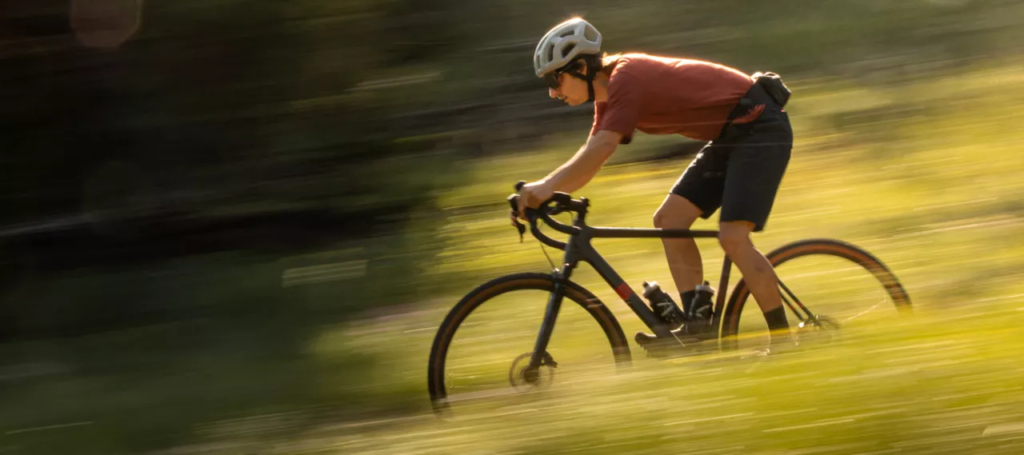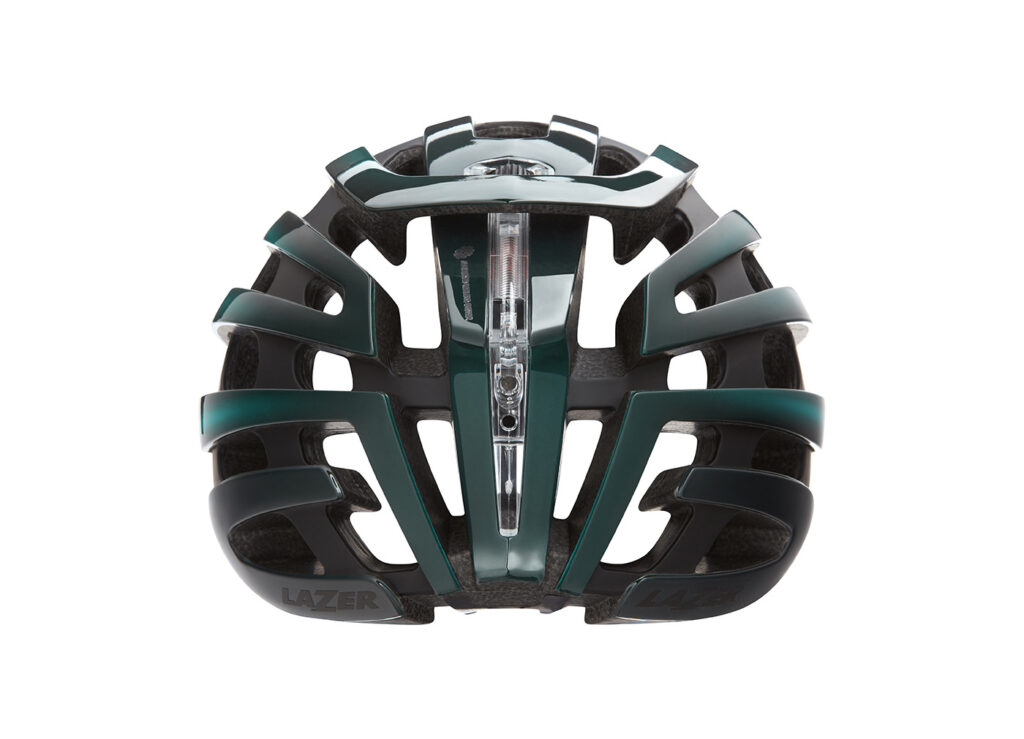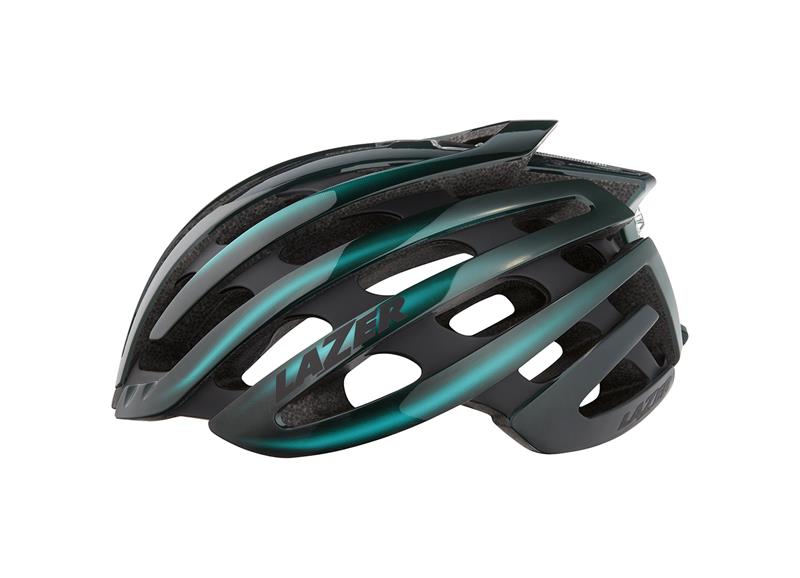Choosing Lightweight Road Bike Helmets: A Master Cyclist’s Guide for Beginners to Mid-Level Riders

Key Point Summary of Choosing Lightweight Road Bike Helmets:
- Importance of Weight: Enhancing cycling experience with a lightweight road bike helmet.
- Fit and Comfort: Selecting a helmet that offers a snug, comfortable fit for long rides.
- Safety and Features: Finding a balance between lightweight design and essential safety features.
As a masters cyclist with experience in racing and riding on various terrains, including mountain, gravel, cyclocross, and, of course, road biking, I’ve come to appreciate the nuances of cycling gear, especially helmets. In this post, tailored for cyclists with beginner to mid-level experience, I’ll dive into the world of lightweight road bike helmets, offering insights and personal anecdotes to help you make an informed choice.
The Featherweight Advantage: Why Go for Lightweight Road Helmets
When I first switched to a lightweight bike helmet, the difference was palpable. It felt like I had shed a significant burden off my head. For long rides, particularly in climbing, the reduced weight really adds to your comfort and endurance. Lightweight road bike helmets are designed to be aerodynamic and less cumbersome, which means less neck strain and a more enjoyable ride. Plus, on hot days, they tend to be more ventilated, keeping you cooler.
Pros of Choosing a Featherweight Helmet
- Reduced Fatigue: Lighter helmets reduce neck and shoulder strain, especially on long rides.
- Enhanced Comfort: They tend to be more comfortable, causing less distraction and irritation.
- Better Climbing Efficiency: Lighter weight is an advantage on uphill segments, improving overall climbing efficiency.
- Advanced Materials: These helmets often incorporate cutting-edge materials and design techniques for better performance.
Cons: Trade-Offs in Technology, Aerodynamics, and Ventilation
- Cost: Advanced technology in featherweight helmets often leads to a higher price point.
- Aerodynamic Compromise: To reduce weight, some helmets may have less optimal aerodynamic shapes, potentially impacting speed, especially in racing scenarios.
- Ventilation Trade-Off: Achieving the lightest possible weight can sometimes result in fewer or smaller vents, potentially reducing airflow and cooling capacity.
- Durability Concerns: Ultra-light materials might be less durable than those in standard helmets, potentially affecting longevity.

Balancing Tech, Aerodynamics, and Ventilation
When choosing a lightweight bike helmet, it’s essential to consider your specific needs and riding style. For instance, if you’re into racing or fast-paced riding, aerodynamics might take precedence. Conversely, for long endurance rides, ventilation and comfort could be more critical. Here’s how to strike a balance:
- For Tech-Savvy Riders: Focus on helmets that integrate advanced safety technologies like MIPS, even if it adds a bit of weight.
- Aerodynamic Priorities: If speed is your goal, look for helmets that balance lightness with aerodynamic shaping.
- Ventilation is Key: For hot climates or if you tend to overheat, prioritize ventilation, even if it means a slight increase in weight.
Ideal Weight for Road Bike Helmets
So, what is the ideal weight for a road bike helmet? Generally, a good lightweight bike helmet weighs between 200 to 280 grams. My current favorite, which has accompanied me on numerous gran fondos, sits comfortably at around 250 grams. It’s light enough to make a noticeable difference over hours of riding, yet it doesn’t sacrifice protection or comfort. It’s important to note that the lightest helmet isn’t always the best choice – the key is to find a helmet that balances weight, safety, and comfort to suit your specific needs.
Finding the Perfect Fit: It’s More Than Just Size
A good helmet isn’t just about being lightweight; it’s also about the right fit. I recall a gravel bike event where I wore a poorly fitted helmet and ended up with a nagging headache halfway through. Learn from my mistake: always try on helmets before buying. The helmet should sit snugly on your head without being too tight. Look for adjustable straps and retention systems that let you fine-tune the fit. Remember, a well-fitted helmet not only feels comfortable but also provides better protection.
Safety Doesn’t Weigh You Down
It’s a common misconception that lightweight means compromising on safety. Modern helmets, including the lighter ones, are built with advanced materials like carbon fiber or polycarbonate shells and have EPS foam for shock absorption. These materials are both light and strong. I’ve had a few tumbles – thankfully, nothing serious – and my lightweight bike helmet absorbed the impact effectively every time. Make sure the helmet meets safety standards like CPSC or EN 1078.
Ventilation: Keep a Cool Head
Ventilation is crucial, especially for road cycling in warm climates. My first road helmet felt like a sauna on summer days! Lightweight helmets often have more and larger vents for better airflow. But remember, more vents can mean less surface area for protection, so find a balance that works for your riding environment.
Aerodynamics for the Speed Enthusiasts
If you’re like me and occasionally enjoy upping the pace, aerodynamics becomes important. Lightweight helmets often come with aerodynamic designs that reduce drag. While this might be more critical for racers, even recreational riders can appreciate the efficiency and speed gains on their rides.
Price: Investing in Quality
Price is always a consideration. Lightweight helmets can be pricier, but they’re an investment in your comfort, performance, and safety. I’ve learned that skimping on a helmet can lead to discomfort and, worse, inadequate protection. You don’t have to break the bank, though. Many mid-range models offer a good balance of quality, safety, and weight.
Ideal Price Range According to Technology and Brand:
- Entry-Level ($50 – $100): Basic features, adequate for casual or beginner riders.
- Mid-Range ($100 – $200): Better ventilation, adjustable fit systems, and improved aerodynamics.
- High-End ($200 – $300+): Advanced materials, superior comfort, enhanced safety features, and cutting-edge design.
Recommended Lightweight Road Bike Helmets: A Comparison
- Giro Aether MIPS ($300):
- Weight: 250 grams
- Features: MIPS technology for added safety, excellent ventilation
- Ideal for: Serious racers and enthusiasts seeking top-notch protection and comfort.
- Specialized Prevail II ($250):
- Weight: 215 grams
- Features: Ultra-lightweight, great ventilation, ANGi crash sensor compatible
- Ideal for: Riders prioritizing weight and safety technology.
- Bell Z20 MIPS ($230):
- Weight: 263 grams
- Features: MIPS integration, comfortable padding, good ventilation
- Ideal for: All-round riders looking for a balance of comfort and safety.
- Kask Protone ($275):
- Weight: 230 grams
- Features: Sleek design, excellent aerodynamics, comfortable fit
- Ideal for: Cyclists seeking a helmet for both racing and everyday rides.
- Lazer Z1 ($200):
- Weight: 220 grams
- Features: Lightweight, good ventilation, optional aeroshell for versatility
- Ideal for: Value-conscious riders looking for a mix of performance and comfort.

Comparison:
- Weight: Specialized Prevail II is the lightest, excellent for weight-conscious riders.
- Features: Giro Aether MIPS stands out with its advanced safety features.
- Value for Money: Lazer Z1 offers a great blend of performance and affordability.
Personal Style: Look Good, Feel Good
Let’s not forget style – we all want to look good on our rides. Lightweight helmets come in various designs and colors. I remember getting compliments on my sleek, matte black helmet during a cyclocross race – it was a small confidence booster!
Maintenance and Lifespan
Taking care of your helmet is crucial. Lightweight helmets require the same maintenance as any other helmet – regular cleaning and avoiding harsh chemicals. Also, remember to replace your helmet after a significant impact or every few years, as the materials can degrade over time.
In Conclusion
Choosing the right lightweight road bike helmet is a blend of safety, comfort, and personal preference. As a cyclist with diverse experience, I can vouch for the difference a good, lightweight bike helmet can make in your riding experience. Whether you’re racing, embarking on long endurance rides, or enjoying a leisurely journey on your bike, the right helmet can enhance your ride significantly.
Every ride is a new adventure, and your helmet is more than just protective gear – it’s your trusty companion on every journey. Ride safe and enjoy every mile!
John
FAQ
What is the lightest Giro road helmet?
The lightest Giro road helmet, as of my last update in April 2023, is the Giro Aether MIPS, which weighs around 250 grams.
What is the world’s lightest cycling helmet?
The world’s lightest cycling helmet is the Lazer Genesis, weighing approximately 189 grams.
What is the slimmest road helmet?
Identifying the slimmest road helmet is subjective and depends on specific design criteria. However, helmets like the Specialized S-Works Evade are known for their slim and aerodynamic design.
How much should a road bike helmet weigh?
A typical road bike helmet usually weighs between 200 to 300 grams. This range balances the need for safety features, comfort, and aerodynamics.






